We’ve all been there. Staring at the curtains at the end of the baggage belt, pondering the mysteries beyond. For the first of our ‘Loaded’ series of blog posts, we delve into the high-tech and fascinating world of the Heathrow Terminal 3 baggage system.
.png)
Terminal 3 at Heathrow might not be the biggest, shiniest or newest airport terminal, but it’s our home and we love it. What you might not realise is that behind the scenes, Terminal 3 has one of the most modern and sophisticated baggage systems in the world. It’s called T3iB (Terminal 3 integrated baggage), was installed four years ago, and is effectively a ‘smart’ building, with every element carefully controlled by computer systems. Behind the relative calm of the baggage reclaim area a different world awaits: A vast industrial space buzzing with activity and the cacophony of endless conveyor belts, baggage trucks and giant stacking systems. For the uninitiated, it’s a mystifying maze, but with our baggage operations manager Harry Higham on hand to explain what’s going on, it soon all starts to make sense.
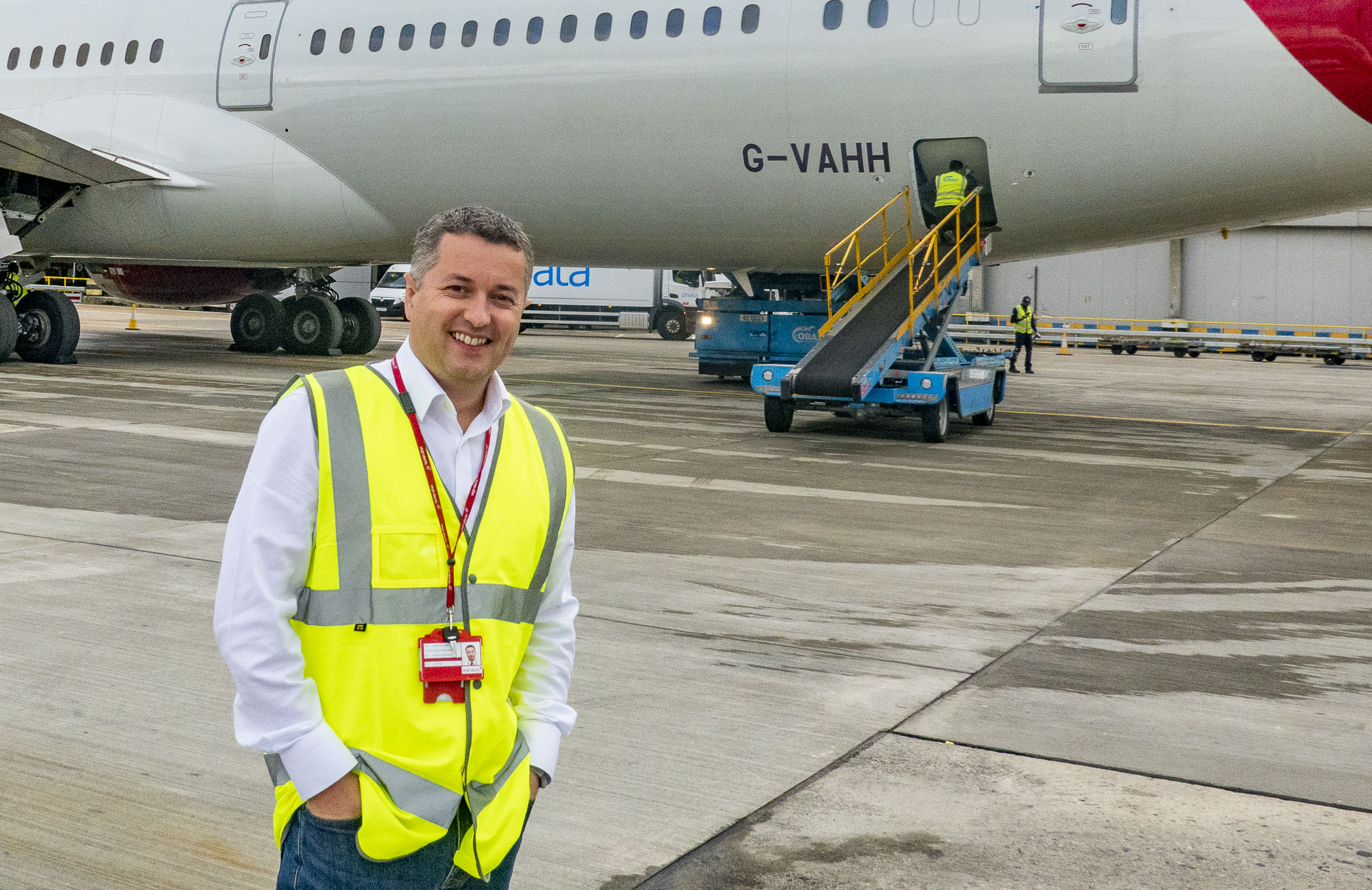
Harry Higham shares his initials with the Boeing 787 ‘HH’
The Eiffel Tower in Piccadilly Circus
Building and installing T3iB into an existing, working terminal building was a massive undertaking. Someone described it as trying to build the Eiffel Tower at Piccadilly Circus, in reference to the huge four-floor system that was built while our customers continued to check in on the old baggage system. If that’s not impressive enough, when the time came to switch it over, despite the massive amount of technology involved, the transition was virtually seamless. Among the many benefits of the system are much improved times for connecting bags, and the lowest ever missed bag rate at Heathrow.
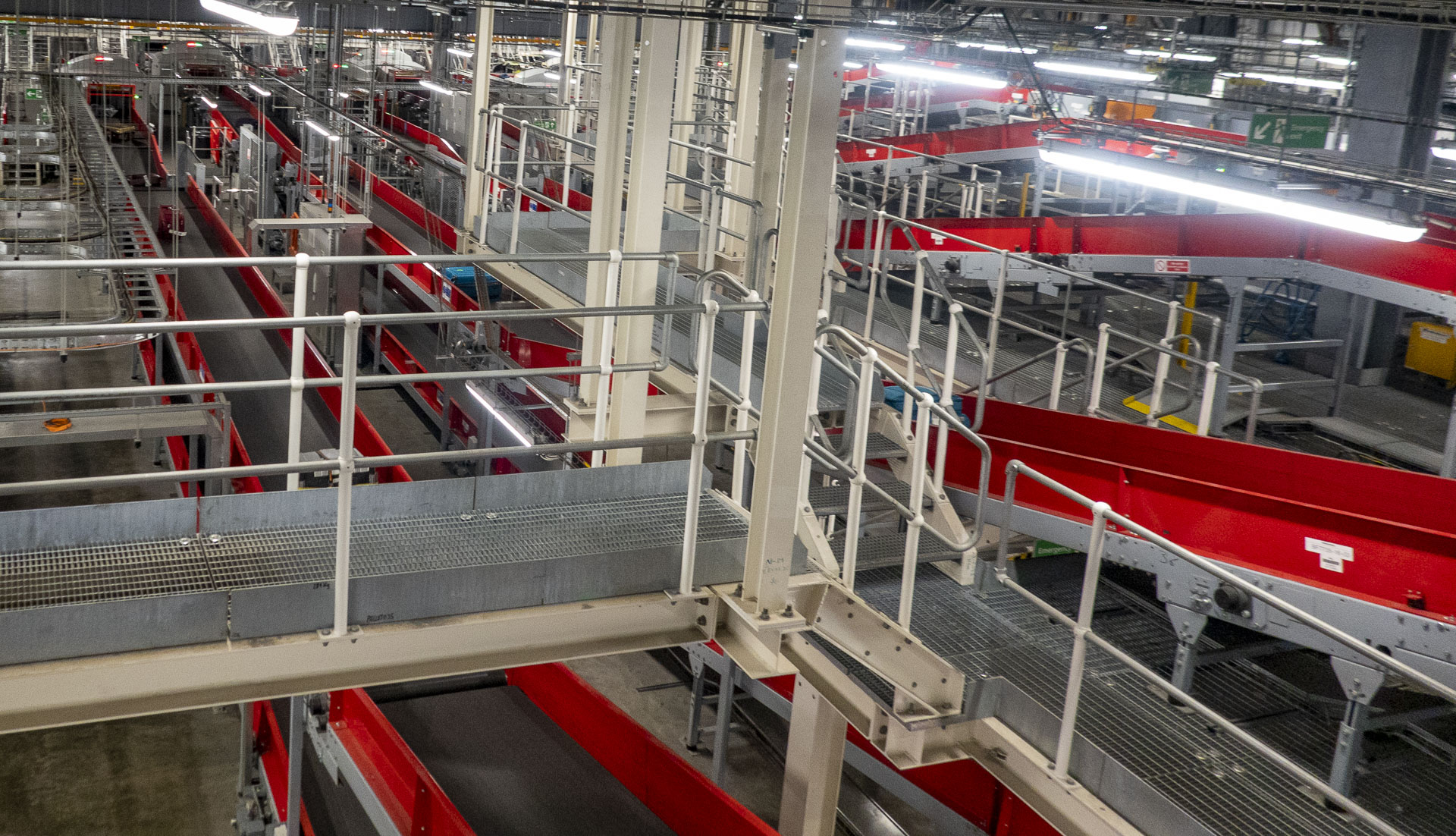
It’s easy, right?
Getting your bags out to the right aircraft at the right time might seem simple, but it’s actually incredibly complex. Much of that is to do with sheer numbers. As well as bags from the check-in desks, transfer bags are arriving from each of Heathrow’s four other terminals. There’s also ‘Out of Gauge’ (OOG) baggage – large or oddly shaped bags that exceed normal dimensions (think golf clubs), as well as bags coming in from our city check-in teams via the Airportr service.
Bag tags
The process begins with the baggage tag our check-in agent attaches to your luggage. Modern ‘looped’ bag tags are a tiny modern marvel. The tags are 21 inches long and conform to IATA regulations so will be the same whichever airline you fly with. First invented in the 1990s, they are made of a complex combination of silicon and plastic. They are able to withstand cold, heat and moisture, are cheap, tear resistant, easy to apply, really difficult to detach and robust enough to withstand the journey through T3iB. The glue on the tags is super strong which is why very few tags are lost in the system. The tip to removing them is to pull the tag apart slowly (the technical term for this is glue flow rate apparently).
You might not notice, but there are actually two tags attached; the big one that goes around the handle and a much smaller barcode stuck elsewhere on the bag. At every point of the journey, the bag tags are scanned and closely monitored to make sure the right bags go into the right containers and are loaded onto the right aircraft. As an additional precaution, every single bag is subjected to the highest level of security screening. The machines used are similar to medical Computer Tomography (CT) scanners and can find everything from explosives to prohibited items such as lithium-ion batteries. Throughout the system the belts are colour coded: green is for arriving bags, yellow for early checked in bags in storage and blue and red for bags before and after security.
Early bags
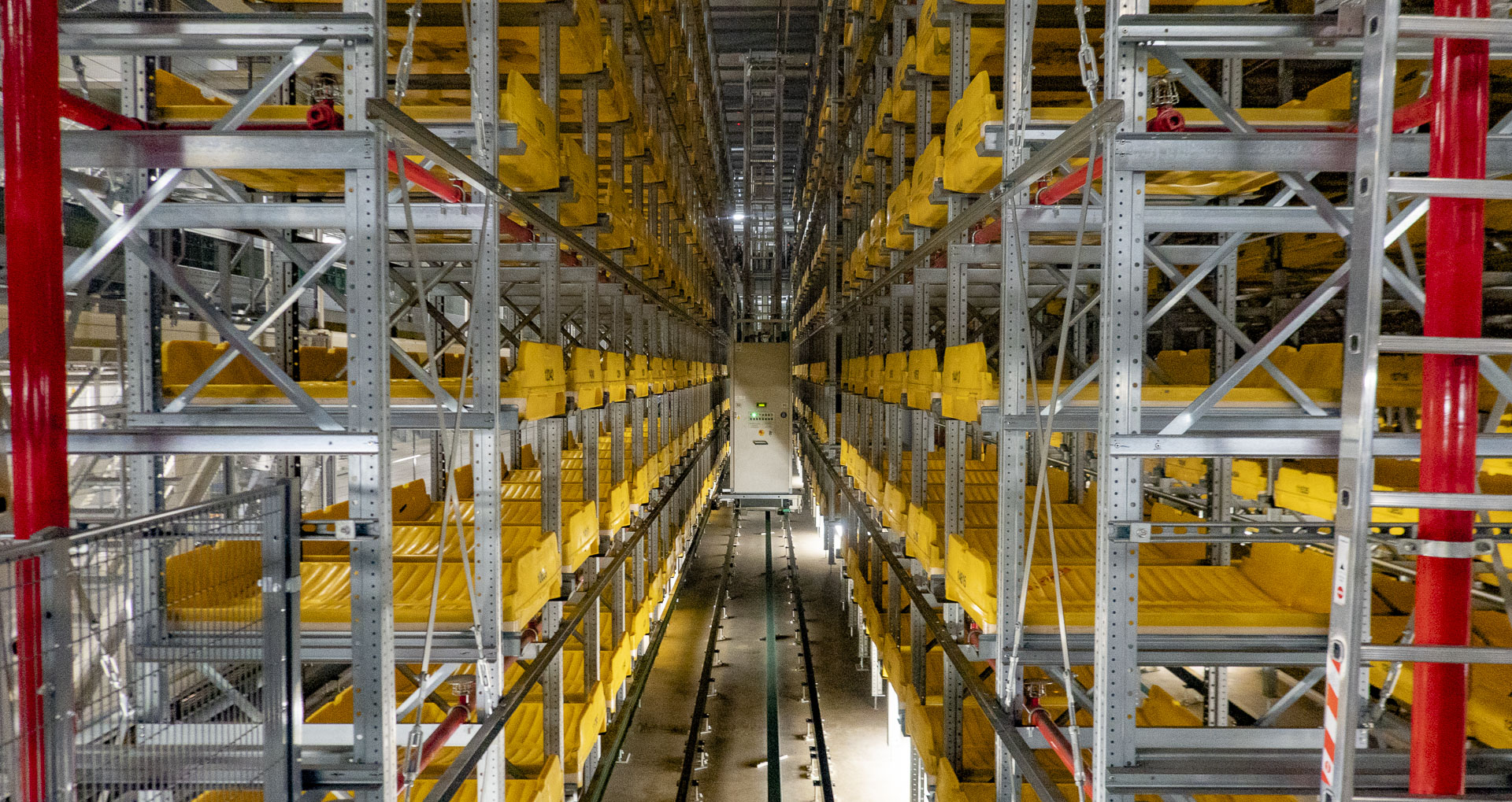
The early bag storage area
Bags that are checked in early are sent off to a massive storage system where more than 5000 bags can be held until nearer departure time. These bags are each allocated their own numbered yellow tray which is retrieved by computer-controlled collection machines when the loading starts.
London Road
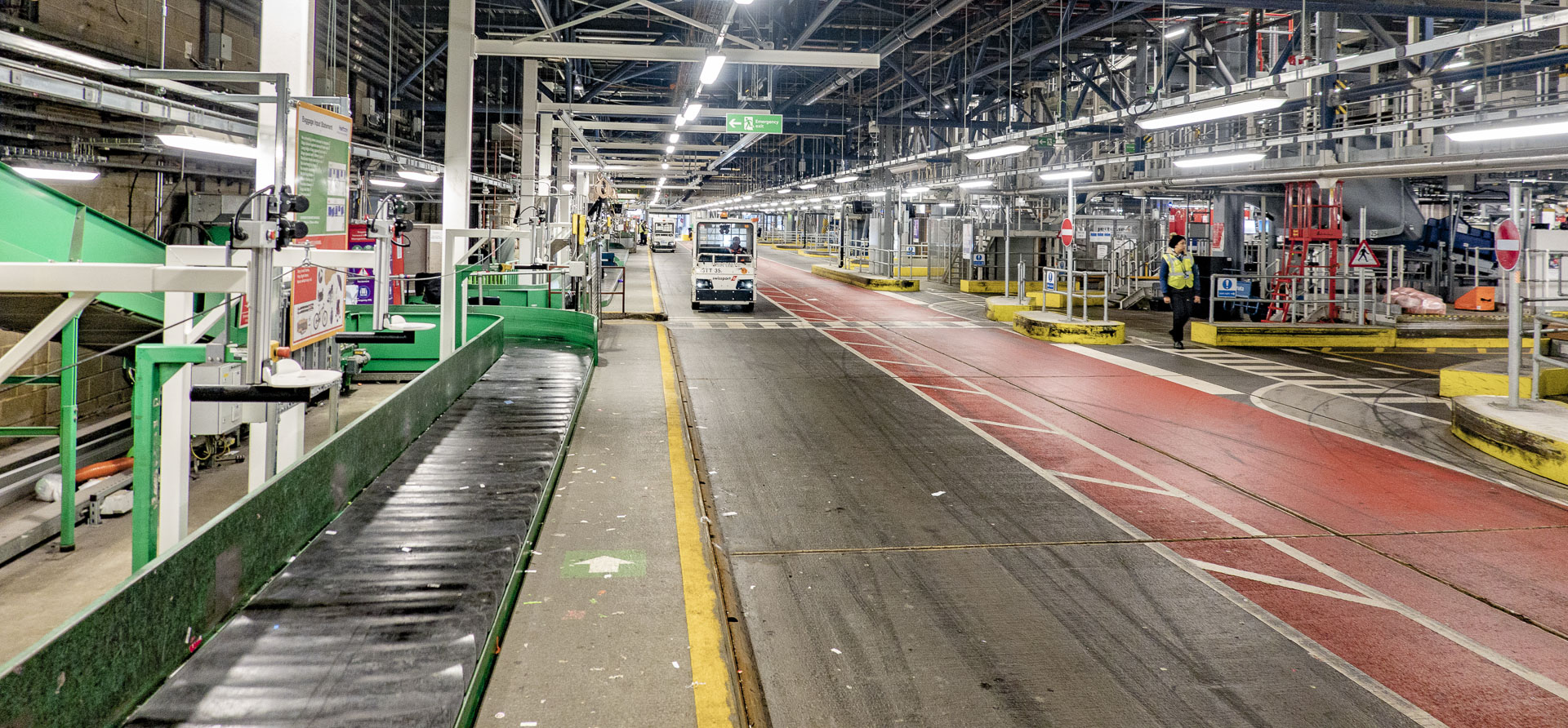
T3iB is split into sections, the first of which is ‘London Road’. This is a street that runs the width of the terminal and leads to where the aircraft are parked (called tarmac, apron, ramp or pan, depending on whether you’re from the UK, the US or the military). London Road is where outbound bags head out to the aircraft and inbound bags come into the terminal. On the left-hand side of the road you’ll find the back of the carousels, and the anxiously waiting customers beyond.
The laterals
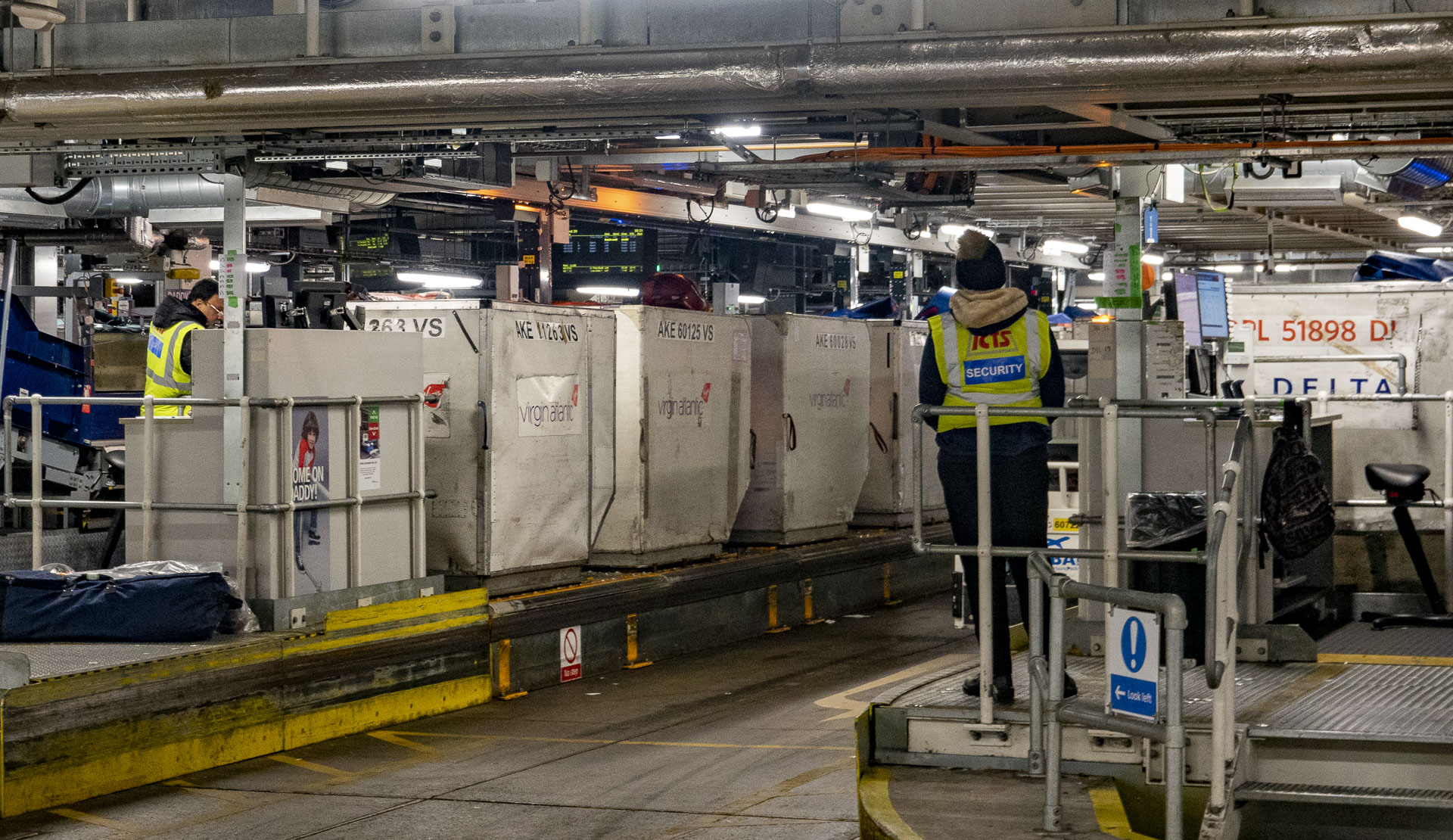
Situated on the other side of London Road, ‘The laterals’ (also known as ‘the spur’) are the heart of the baggage area where flights are assembled. Here the bags are loaded into Unit Loading Devices (ULDs), those square containers you see at the side of aircraft. Overseen by a team leader, who monitors every bag on their computer terminal, the early bags are called down from the storage area 1.5 hours before departure time. Then each bag is scanned one last time to make sure it’s in the right bin, and the system has cleared it for travel.
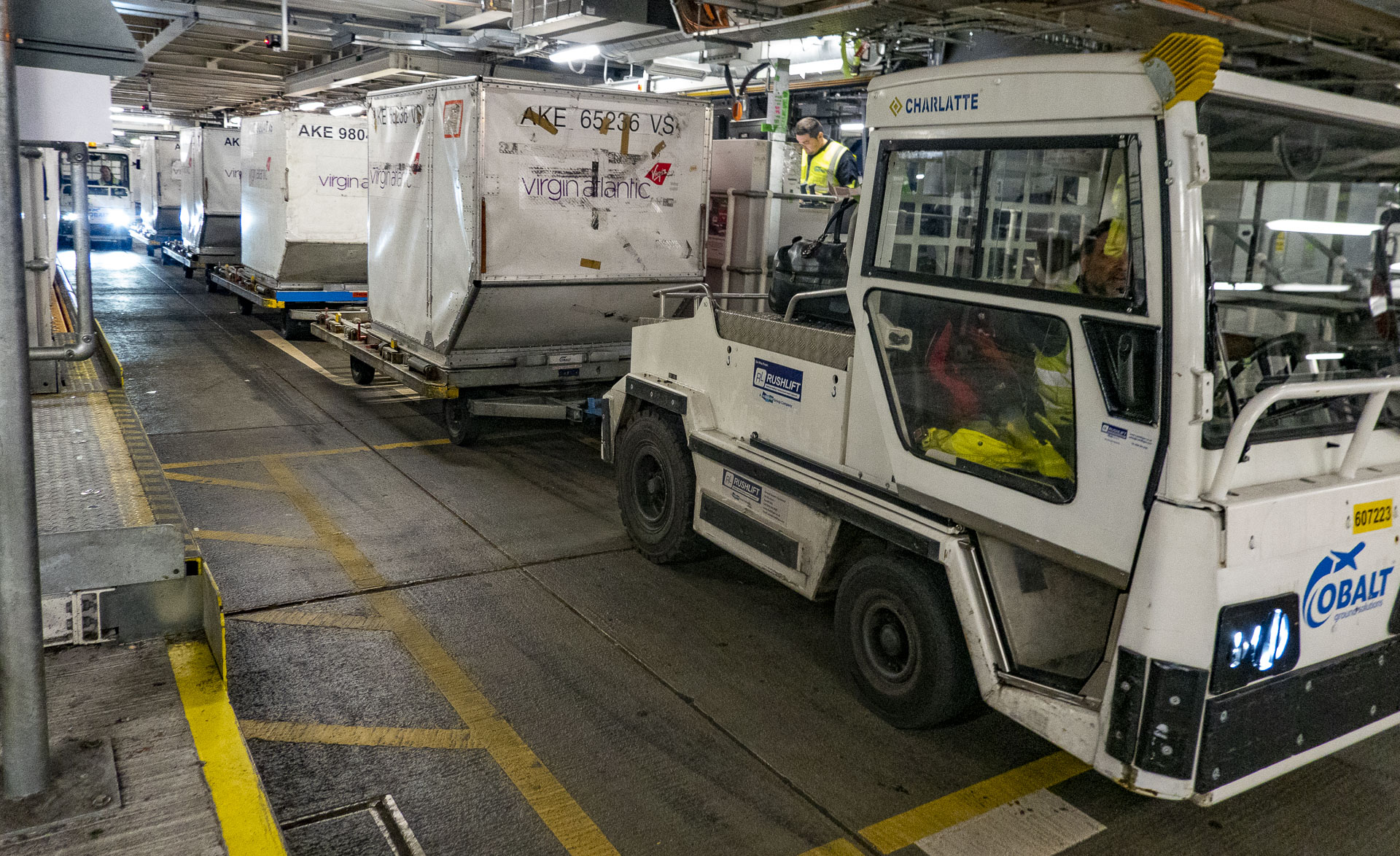
Leaving the laterals. Next stop the flight to New York
Thirty minutes before departure, the system goes to ‘time critical’ where the final few bags are loaded, and the flight closed out. Once everything has been consolidated the bins are closed up ready for transportation out to their aircraft. The team leader does a final check that everything is loaded and the ULDs will arrive at the aircraft side in the right order to load onto the aircraft (more of that later). They also liaise with our turnaround coordinators out at the aircraft to keep them up to date. When that’s all done, and the last bags are loaded, the driver then heads off down London Road and out to the aircraft.
At the aircraft side
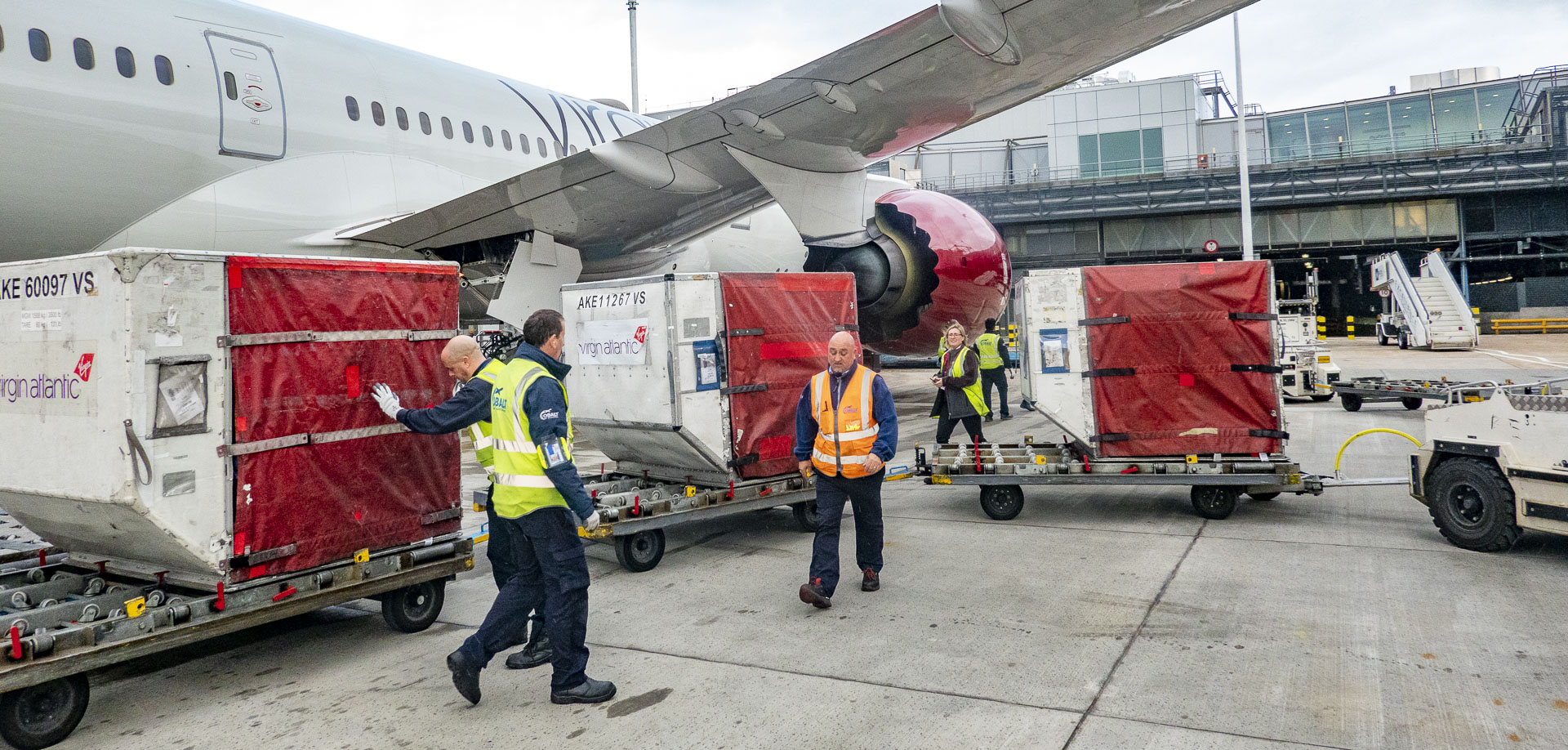
In the orange high-viz, Cobalt loading supervisor Paul Howlett keeps an eye on the operation.
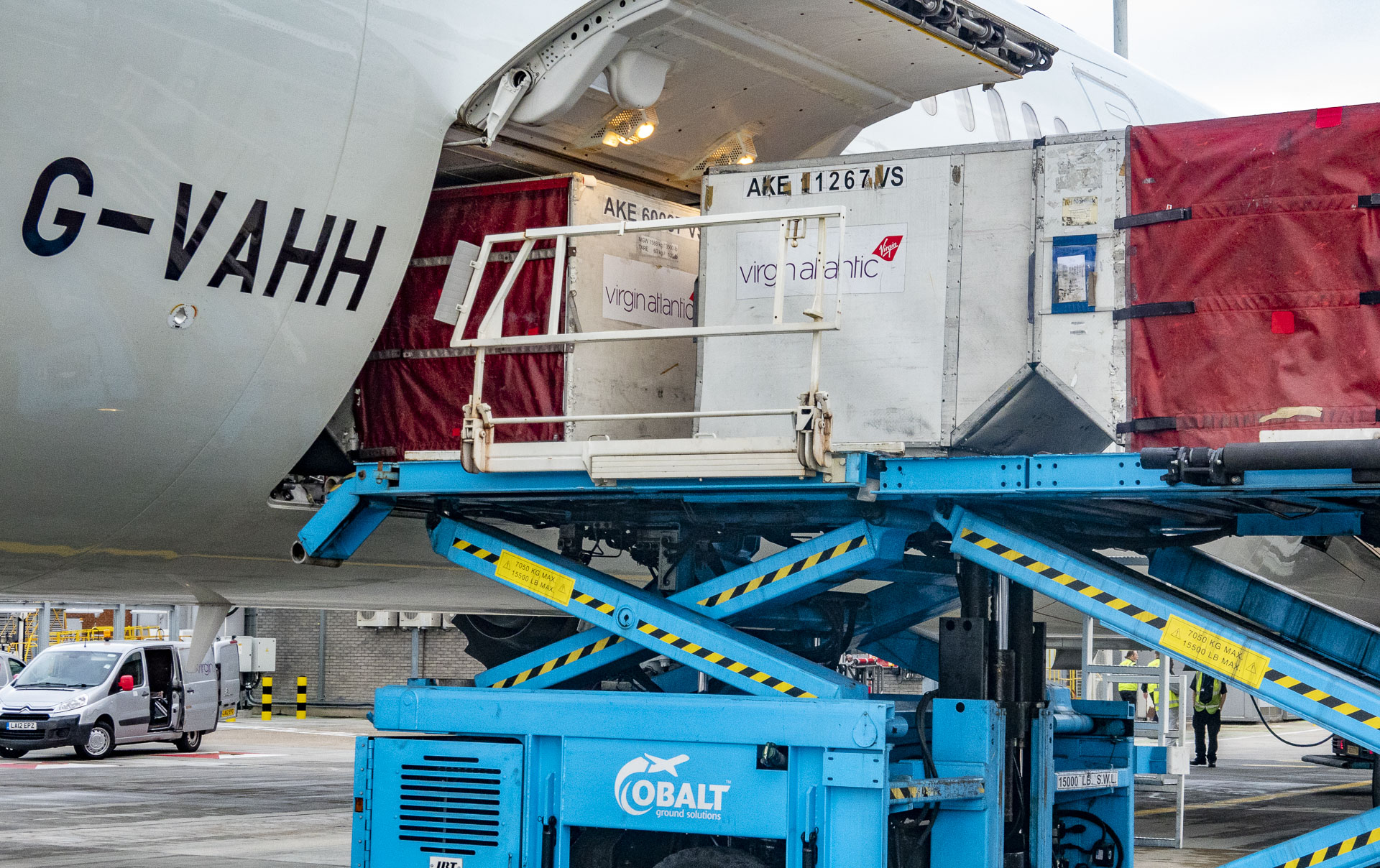
No one is quite sure what this loading machine is called. We’re going with ‘high loader’.
Looking after our loaders
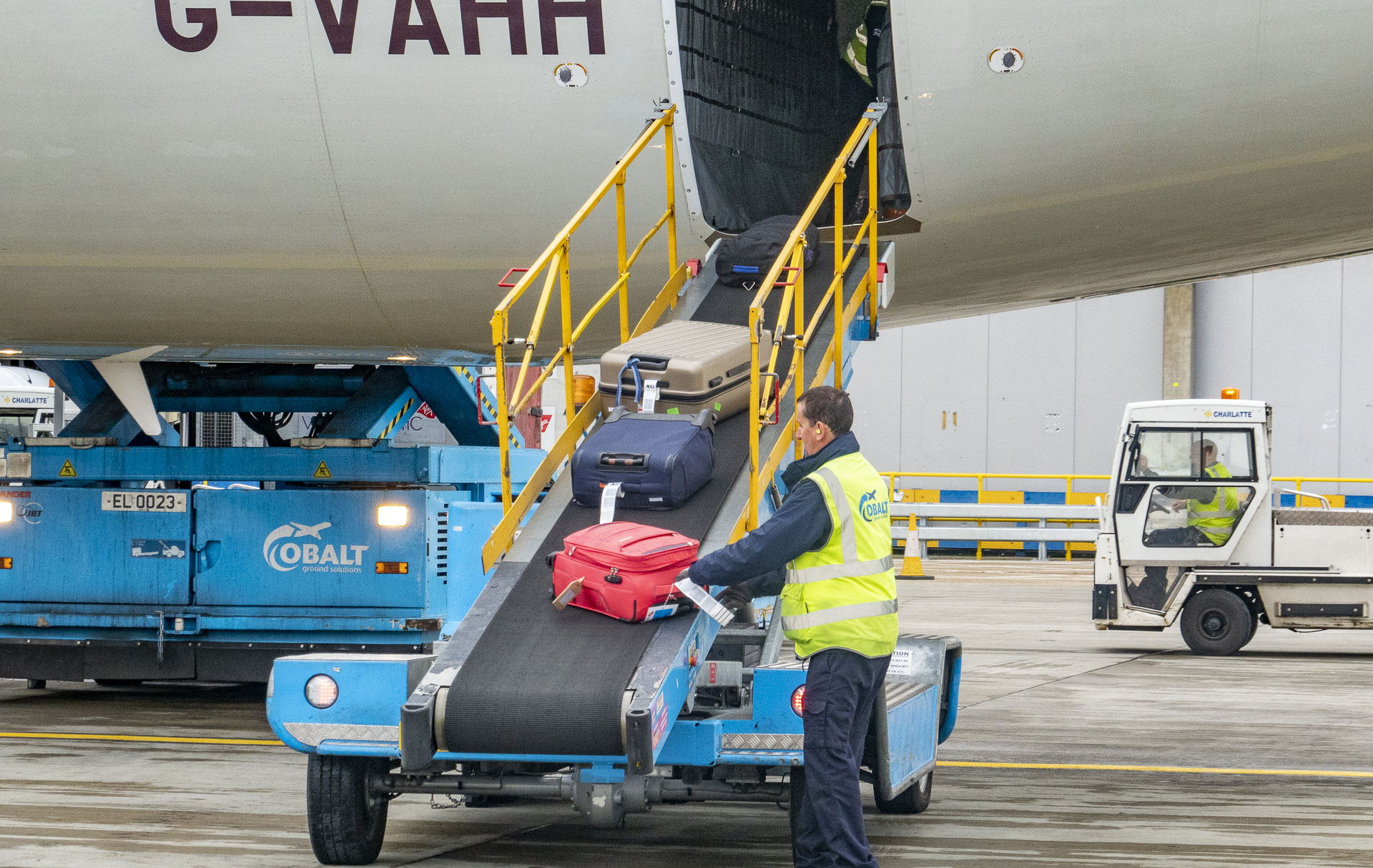
Hold 5 is a small hold at the rear of the aircraft where very late bags or items like buggies needed for quick retrieval are loaded loose. These are loaded by a special conveyor belt and will be among the last on and first items off the aircraft.
Talk to anyone who works in the baggage area and they’ll tell you they really do care about the bags and treat every one as if it was their own. They’re also incredibly happy with the T3iB facility. Unlike older systems, T3iB was designed with ergonomics in mind, with the cases delivered at hip height to make lifting easier. Specially designed lifting devices are available for heavy or awkward bags, and the packing areas have a cushioned anti-fatigue floor. This is easier to work on for the loaders, who are on their feet all day. There’s also a laser focus on safety with dedicated baggage hall standards officers patrolling the area. Their job is to make sure all safety regulations are obeyed, and the 5mph speed limit on the London Road is strictly enforced.
Missing
So now to the elephant in the room. Yes, bags do sometimes miss flights. Nobody at Virgin Atlantic or Cobalt wants to leave a bag behind. Besides letting our customers down it takes a lot of time and effort to reunite you with your bag. The number of lost bags varies enormously from airline to airline, by airport and by terminal. The good news is that as an industry, we’ve made considerable improvements in this area. Since 2007 the number of missing bags has almost halved at a time when the number of air passengers has nearly doubled. Since T3iB first switched on, our figures have significantly improved and are now among the best in the business. The three most common causes of a bag not making a flight are that the bag didn’t make it across from a connecting flight, the tag fell off in the system or the check-in agent inadvertently forgot to tag the bag. The good news is that although it can be an inconvenience, almost all these bags are quickly found and reunited with their owners. Two systems are keeping an eye on your bag; Safetrac, the Delta system and WorldTracer, a global system for tracing lost bags. If, as happens sometimes, your bag arrives at Heathrow damaged, our team on the counter in the baggage hall can replace it on the spot.
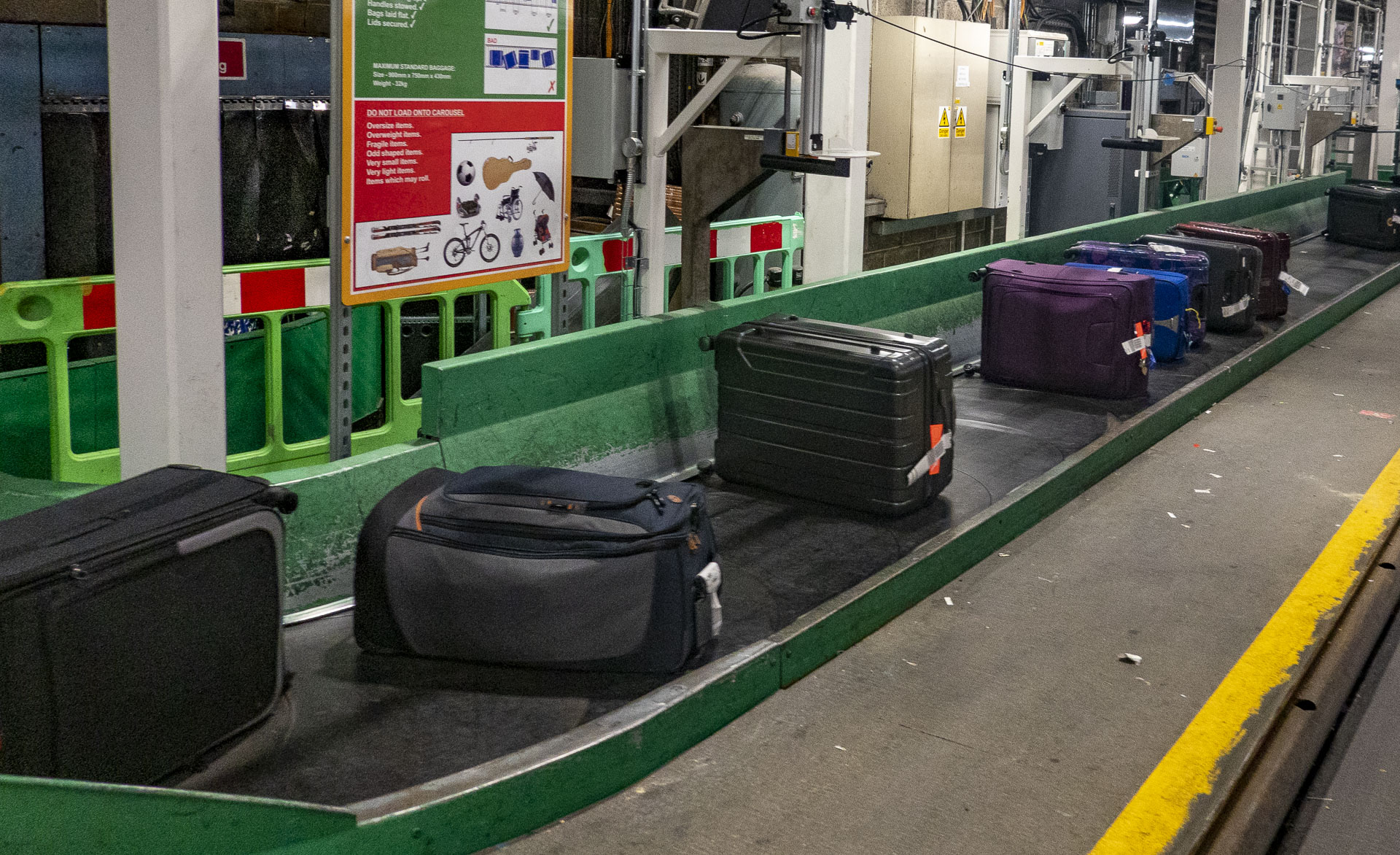
Targets
All airfreight is loaded onto the aircraft first, allowing customer bags to be first off after landing. The Cobalt teams at Heathrow move quickly when the aircraft pulls onto stand. Their target is to get all Upper Class bags off the aircraft and onto the reclaim belt in 18 minutes and the last bag within 36 minutes. They rarely miss that target.
Bag facts
Other than flying Upper Class and getting a cherished purple bag tag, there’s no secret method to making sure your bag is first off the conveyor. So many variables affect your bag’s journey from check in to aircraft that there’s no real way of cheating the system.
Tips for reducing misplaced bags:
- If you’re using a self-check-in machine, make sure you follow the instructions carefully and attach the tag correctly.
- Remove all old bag tags and stickers. We don’t want to confuse the machinery.
- Attach your own bag tag to your bag and include your name, flight date and flight number. This way, if the bag loses its official tag, we can very quickly identify your luggage and get it screened and rushed down to the aircraft.
- Make sure everything you check-in gets a tag, including pushchairs, buggies and golf clubs.
Many thanks to Annand Sood from Cobalt who knows everything there is to know about the T3 systems.
